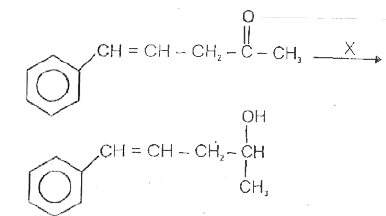Burning of paper in an example of conversion of :
heat energy into light energy
chemical energy into heat energy
chemical energy into light energy
both (b) and (c)
To solve the question "Burning of paper is an example of conversion of:", we need to analyze the process of burning paper and identify the types of energy involved.
1. Understanding the Process of Burning:
- When paper burns, it undergoes a chemical reaction. This reaction involves the paper (which is primarily made of cellulose) reacting with oxygen in the air.
Hint: Think about what happens at a molecular level when paper is exposed to heat and oxygen.
2. Identifying the Type of Energy Present:
- Before burning, the paper contains stored energy in the form of chemical energy. This energy is stored in the bonds of the molecules that make up the paper.
Hint: Consider what kind of energy is stored in substances like wood or paper before they are burned.
3. Energy Conversion During Burning:
- When the paper is ignited, the chemical energy is released. This energy is converted into two main forms:
- Heat Energy: The burning process produces heat, which can be felt as warmth.
- Light Energy: The flame produced during burning emits light.
Hint: Remember that energy can change forms, and think about what you observe when something burns.
4. Conclusion:
- Therefore, the burning of paper is an example of the conversion of:
- Chemical energy into heat energy
- Chemical energy into light energy
- Both conversions occur simultaneously during the burning process.
Hint: Reflect on the different forms of energy that are produced when you see a fire.
Final Answer:
The correct answer is that burning of paper is an example of the conversion of both chemical energy into heat energy and chemical energy into light energy.
- When paper burns, it undergoes a chemical reaction. This reaction involves the paper (which is primarily made of cellulose) reacting with oxygen in the air.
- Before burning, the paper contains stored energy in the form of chemical energy. This energy is stored in the bonds of the molecules that make up the paper.
- When the paper is ignited, the chemical energy is released. This energy is converted into two main forms:
- Heat Energy: The burning process produces heat, which can be felt as warmth.
- Light Energy: The flame produced during burning emits light.
- Therefore, the burning of paper is an example of the conversion of:
- Chemical energy into heat energy
- Chemical energy into light energy
- Both conversions occur simultaneously during the burning process.
The correct answer is that burning of paper is an example of the conversion of both chemical energy into heat energy and chemical energy into light energy.
Topper's Solved these Questions
- ENERGYBOOK - ICSECHAPTER - ENERGYEXERCISE - EXERCISE 4.3 (OBJECTIVE TYPE QUESTIONS) Match The Column - E
1 Videos
- ENERGYBOOK - ICSECHAPTER - ENERGYEXERCISE - EXERCISE 4.3 (OBJECTIVE TYPE QUESTIONS) STUDY QUESTIONS
9 Videos
- ENERGYBOOK - ICSECHAPTER - ENERGYEXERCISE - EXERCISE 4.3 (OBJECTIVE TYPE QUESTIONS) - C
5 Videos
- ELECTRICITY BOOK - ICSECHAPTER - ELECTRICITY EXERCISE - Picture Study
5 Videos
- FORCE AND PRESSURE BOOK - ICSECHAPTER - FORCE AND PRESSURE EXERCISE - Picture Study
4 Videos
Similar Questions
Burning of wood is an example of conversion of
View SolutionBurning is a
View SolutionNuclear fission and fusion are examples of conversion of mass into energy. Is strictly speaking mass converted into energy even in an exothermic chemical reaction ?
View SolutionIn the conversion of

X is
View SolutionBurning of sugar is a temporary change.
View SolutionIn neuron, conversion
View SolutionName any two examples for conversions of energies between KE and PE.
View SolutionThe burning of paper is a chemical change. Why?
View SolutionGive one example to show the conversion of potential energy to kinetic energy when put in use.
View SolutionGive three examples of inter-conversion of chemical energy into other forms of energy.
View Solution
